5 Miraculous Plants That Remove Indoor Pollutants
What’s common between pet dander, furniture and cleaning products? All three can be potential causes of indoor pollution. But what exactly is indoor pollution and why does it even exist?
When we think of pollution, we imagine grey skies, smoke, dust, haze, lack of visibility in general. But pollution is of various kinds and all of them do not have the same symptoms. If you have ever moved homes, you would know just how much stuff a family of 3 can own. Hundreds of things inside our homes are capable of releasing what are called VOCs or Volatile Organic Compounds. Concentrations of many VOCs are consistently higher indoors (up to ten times higher) than outdoors
NASA did a study called the NASA Clean Air Study to research ways to clean the air in space stations and found out that these indoor plants can absorb carbon dioxide and release oxygen through photosynthesis. Certain common indoor plants may also provide a natural way of removing toxic agents such as benzene, formaldehyde, and trichloroethylene from the air.
1. Anthurium Red
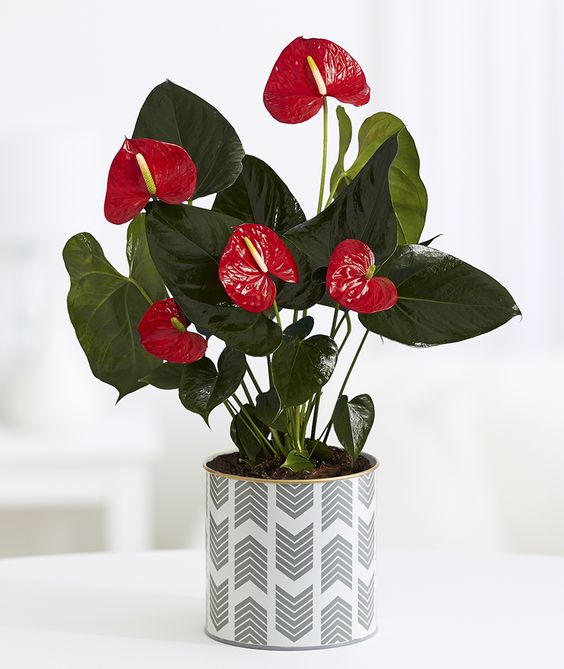
Flamingo Lily or tailflower, flamingo flower, and laceleaf
Ideal Conditions For Growing
Anthurium plants can tolerate all levels of indirect light, but anthuriums growing in low light will have fewer flowers and will grow slower. These plants cannot tolerate direct light however, as this can burn the leaves. It grows best in bright, indirect light. Anthurium care also requires that the soil be free draining but hold some water.
Interaction With Pets
Humans who bite into the plant typically experience irritation of the mouth, tongue and throat. This may turn into a serious allergic reaction if the throat swells.
4. Peace Lily
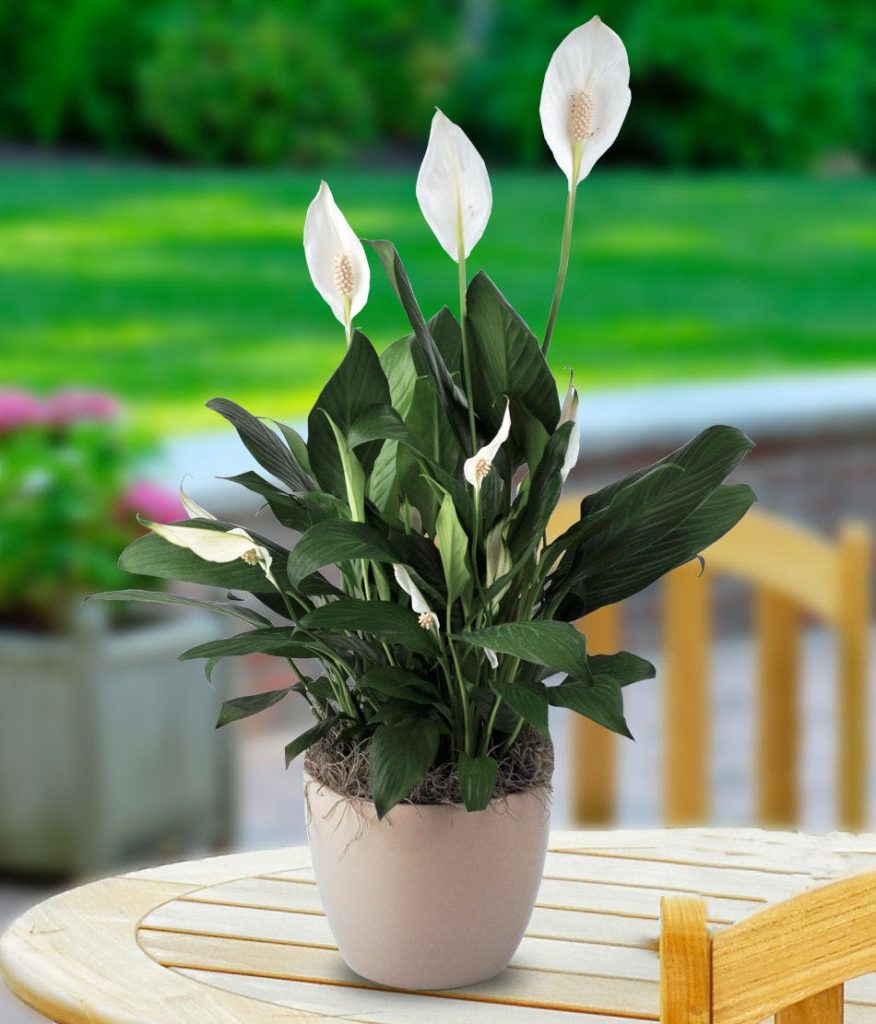
The calm-inducing plant with the peeking white leaves, Peace Lily is low maintenance indoor plant. Peace lilies are tropical, evergreen plants that thrive on the forest floor, where they receive dappled sunlight and consistent moisture. Replicating these conditions in the home is the key to getting your peace lily to be happy and healthy.
In NASA studies, it was discovered that peace lilies can help improve air quality, removing formaldehyde, benzene, and carbon monoxide from the surrounding air.
Ideal Conditions For Growing
With enough light, peace lilies may produce white to off-white flowers in the early summer and continue to bloom throughout the year. Keep the soil moist, but do not overwater. Peace lilies can tolerate short periods of dry soil, but their leaves will start to brown if neglected for too long. Peace lilies enjoy high humidity. Misting their leaves or placing their pot atop a moistened tray of gravel can help to increase humidity. Peace lilies are not heavy feeders, so fertilize only occasionally.
Interaction With Pets
All parts of the peace lily plant contain calcium oxalate—a substance that may cause stomach and respiratory irritation if ingested in large amounts. Keep peace lilies out of reach of small children and pets.
5. Bamboo Palm
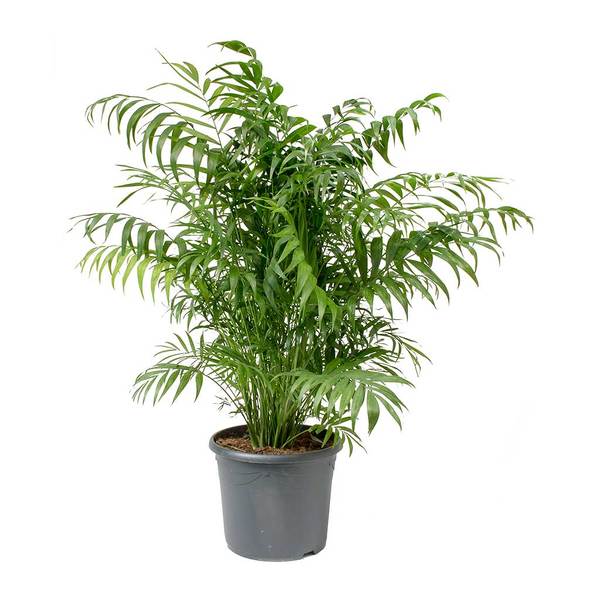
Bamboo palms are one of the most beautiful plants to have indoors. Tall, green and slender, they really brighten up corners in your home. Palms have long been used for their versatility and their ability to bring a tropical flair to any space. Bamboo palms can take anything from part sun to full shade and are ideal in the filtered light of a house or apartment setting.
Bamboo Palm does an excellent job as an indoor, air purifying plant, with a particular penchant for
Ideal Conditions For Growing
Bamboo Palms grow rapidly and can become quite large (up to 20 feet in height), but you can limit their vertical reach by keeping them confined to smaller pots. Find a location for the bamboo palm that offers indirect or filtered sunlight. Keep the bamboo palm moist, but never overwater. Soggy soil leads to root rot. Only water when the soil feels dry and allow the soil to dry out in between watering in the winter.
Interaction With Pets
While some palm species are toxic to dogs, according to the American Society for the Prevention of Cruelty to Animals, the bamboo palm is not toxic. However, dog owners should try to deter their dogs from ingesting any plant parts.
6. Snake Plant
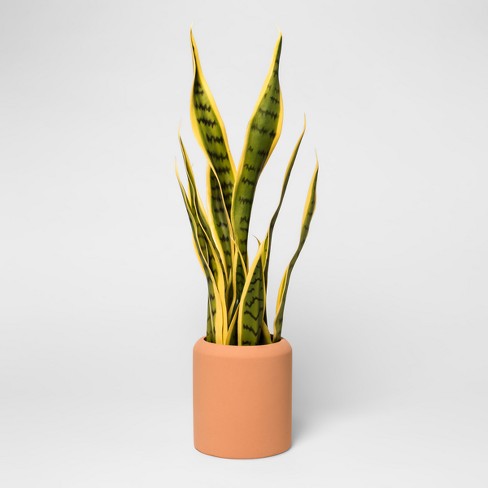
Native to West Africa from Nigeria east to the Congo, it is most commonly known as the snake plant, mother-in-law’s tongue, and viper’s bowstring hemp.A strong plant
The NASA Clean Air Study found snake plant has potential indoor air filtration qualities, removing 4 of the 5 main toxins involved in the effects of sick building syndrome.
Ideal Conditions For Growing
Grows nearly anywhere, it can survive without water and direct sunlight for many days. Watering once a week should be fine. Make sure the soil is drained.
Interaction with pets
The toxicity level is low, producing short-lasting symptoms such as mouth pain, salivation, and some nausea. In rare instances, it can produce a dermatological reaction but is mainly toxic only if ingested. Cats and dogs: It can cause excessive salivation, pain, nausea, vomiting, and diarrhoea.
7. Boston Fern
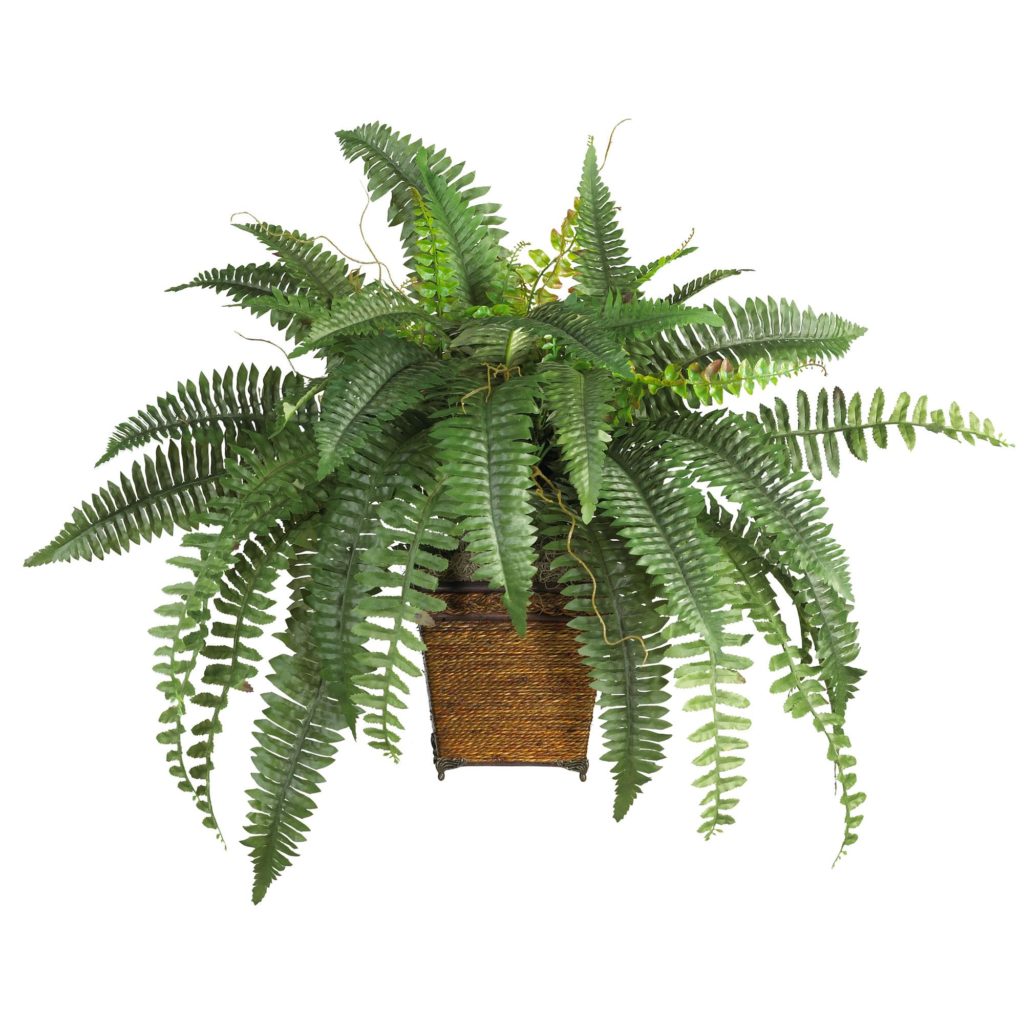
Boston ferns are typically attractive, with long, graceful fronds bedecked with tiny leaves. It is a relatively tough fern, with a higher tolerance for light than other species, and as far as ferns go, they are more tolerant of dry conditions and easy to propagate. An added bonus is that Boston ferns can be displayed in any number of ways, including on pedestals, in hanging baskets, as part of a grouping, or lush specimen plants on the right windowsill.
In 1989, the NASA Clean Air Study showed that the Boston Fern could filter Formaldehyde, Xylene and Toluene from the air
Ideal Conditions For Growing
The Boston fern needs bright, indirect light. Some varieties of Nephrolepis can be trained to handle almost full sun, but most, including the Boston fern, prefer filtered, dappled light. It is important to keep the root ball moist at all times. Mist with water frequently to keep moist.
Interaction with pets
Boston ferns are non-toxic to both cats and dogs. The University of Nebraska lists the Boston fern as non-toxic to humans as well.
10. English Ivy
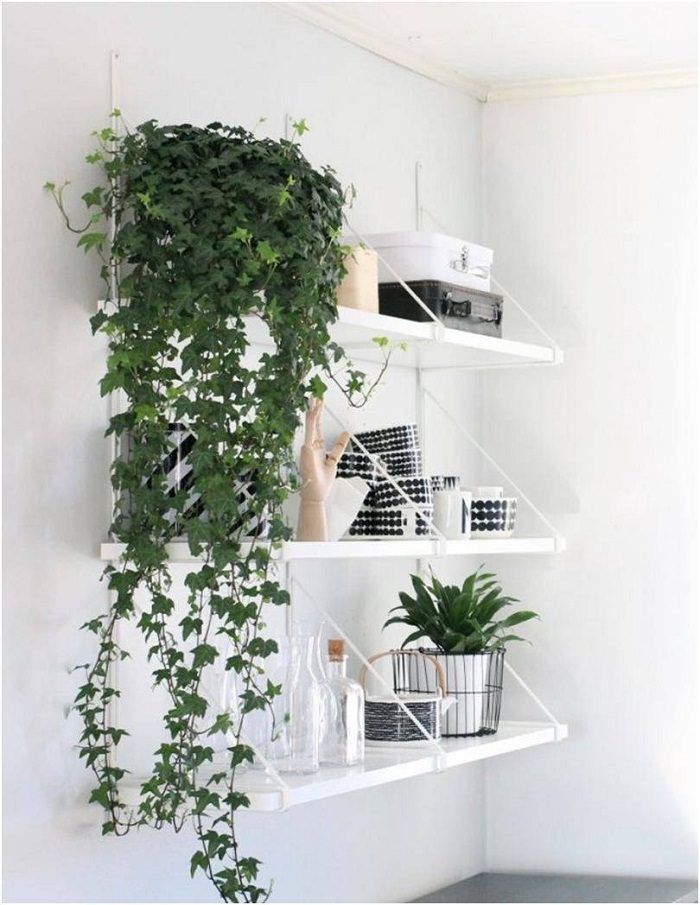
To the ancient Greeks and Romans, ivy was sacred. This plant clearly had an impact on ancient cultures but did not stop there. The evergreen vines of this invasive species can be found all over Europe.
English ivy plants are evergreen perennials and can climb to heights of 50 feet! At home indoors or out, English ivy does well
Ideal Conditions For Growing
English ivy plants grow well in part shade to full shade. Grow these evergreen vines in a well-drained soil. When watering your ivy, always check the soil before adding water. Ivies prefer to be kept slightly on the dry side, so let the soil dry out some (dry to the touch on top) before you water your ivy plant again.
Interaction with pets
Can be toxic to dogs and cats if eaten.
